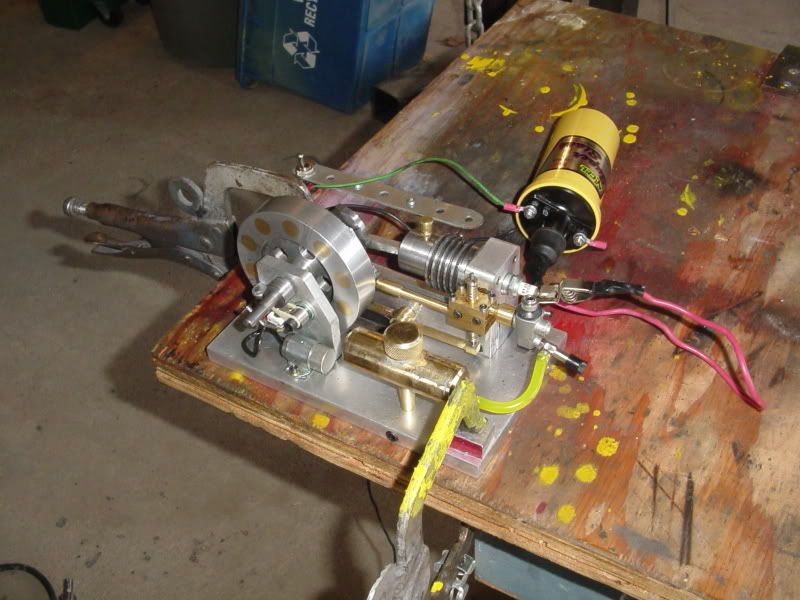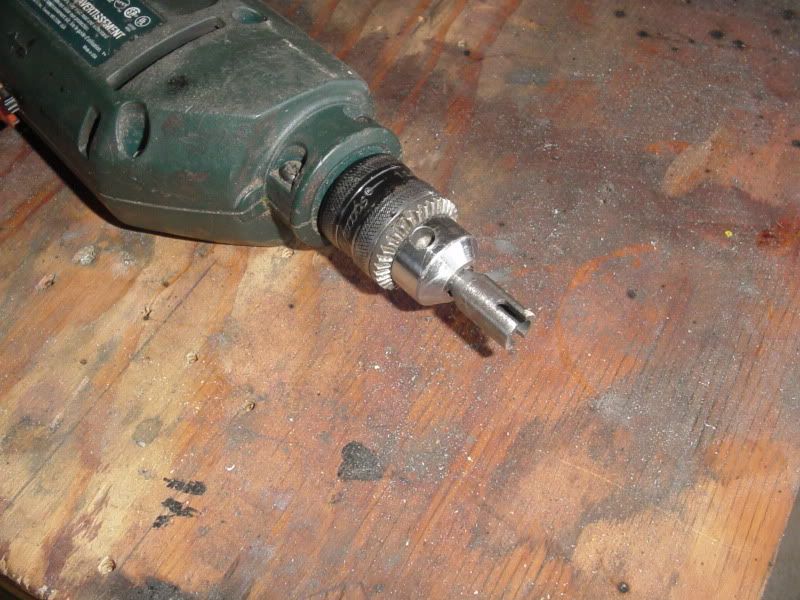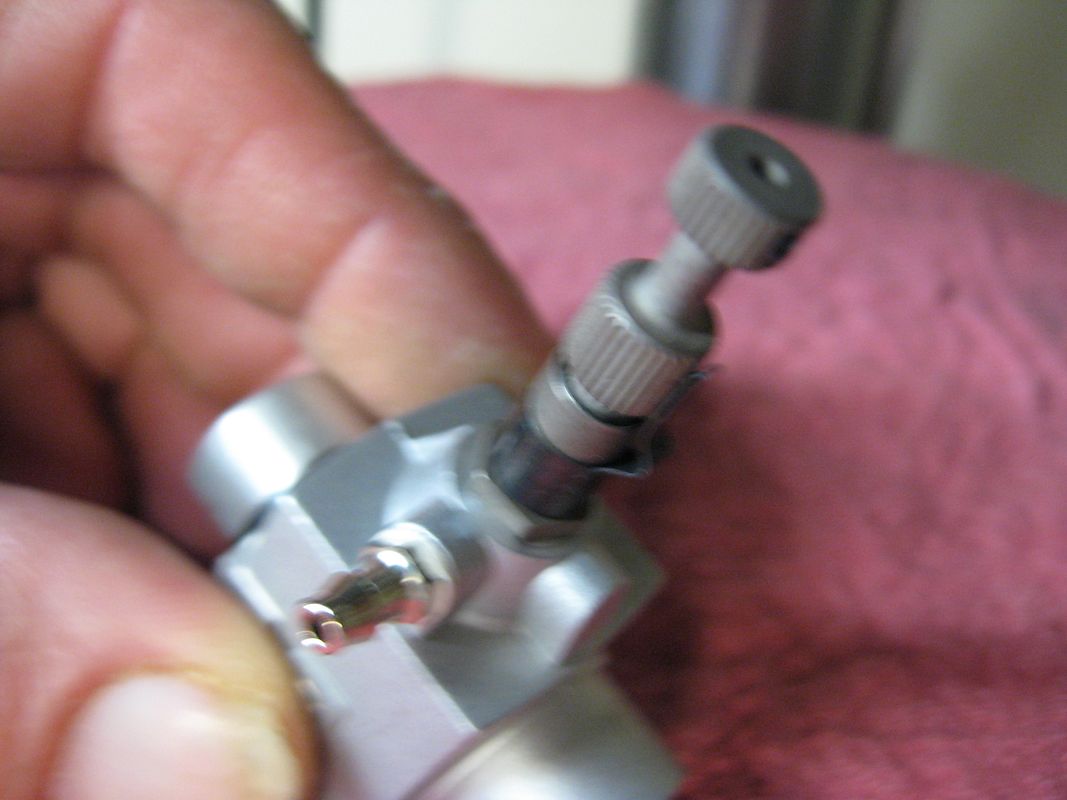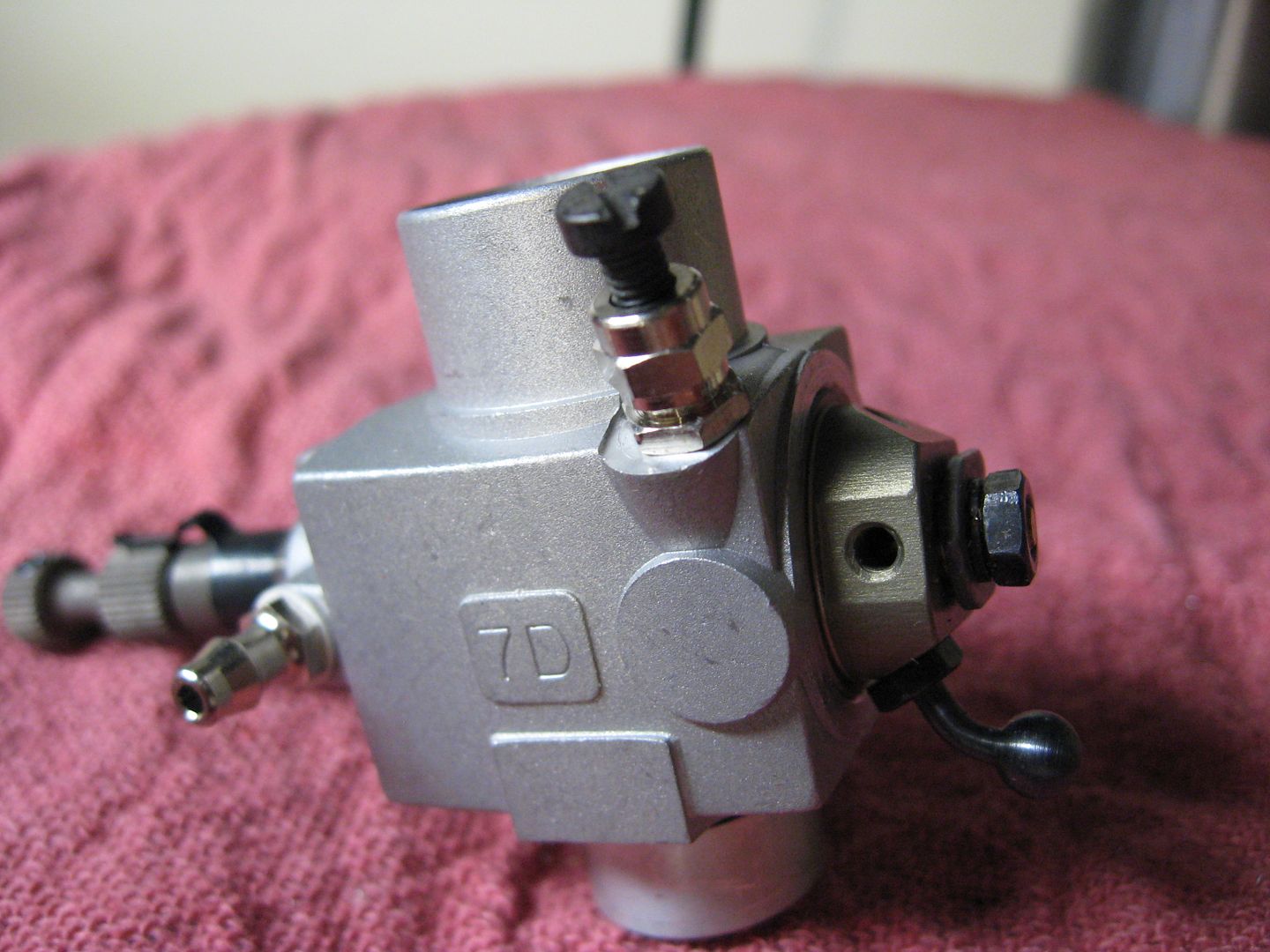I spent most of yesterday chasing down the reason for no compression. Engine turns over nicely, everything worked, but their was no feeling of compression when coming up to top dead center. My first logical move was to make a temporary head gasket, as the piece of copper Tin is sending me hasn't showed up yet. However, no dice!!! Compression didn't come up at all. Next move was to check and make sure that the rocker arm wasn't holding the exhaust valve open, but no, I've got 0.020" between the end of the rocker arm and the head of the exhaust valve when its not actually lifting the valve. Next thing I did was to check for leaky valves. I slipped a piece of rubber hose over the exhaust pipe and blew untill my head started to spin, but no air was getting past the exhaust valve. Then I found a slightly larger piece of rubber hose and slipped it over the carburetor intake and like the big bad wolf, I huffed, and I puffed---and the air WAS going somewhere when the intake valve was closed!!! Then I pulled the entire valve block assembly off the engine and tested some more. With my finger held firmly in place over the intake port in the cylinder head/frame, there was very definitly good compression when I went to turn the engine over. So---filled the sink with water, held one end of the rubber tube in my mouth, and submerged the entire valve block, carb, exhaust pipe and all in the sink, and huffed and puffed some more.---------And sure enough, with the intake valve firmly closed, there was still a trail of bubbles coming out of the port in the side of the valve body that would normally set against the cylinder head/frame. At that point I disassembled the 3 blocks of brass that make up the valve body, and got out my valve grinding paste and reground the intake valve. I am NOT a believer in NOT USING GASKETS so I hunted around and found a plain brown envelope like the ones that couriers use, and cut out gaskets to put between the 3 valve blocks, with a light coating of some general purpose grease, then reassembled everything. Then I cut a piece of heavier 0.025" automotive gasket to install between the valve body and the cylinder head/frame. SUCCESS!!!--Now the engine has enough compression to actually "kick back" when you try to roll the engine over using the flywheel. This is very encouraging. I can't really do any more now untill my grease cups and copper head gasket shows up, so perhaps today I wil go buy a 12 volt coil and see about getting the wiring made up. I'm getting excited to see this engine run now.----Brian





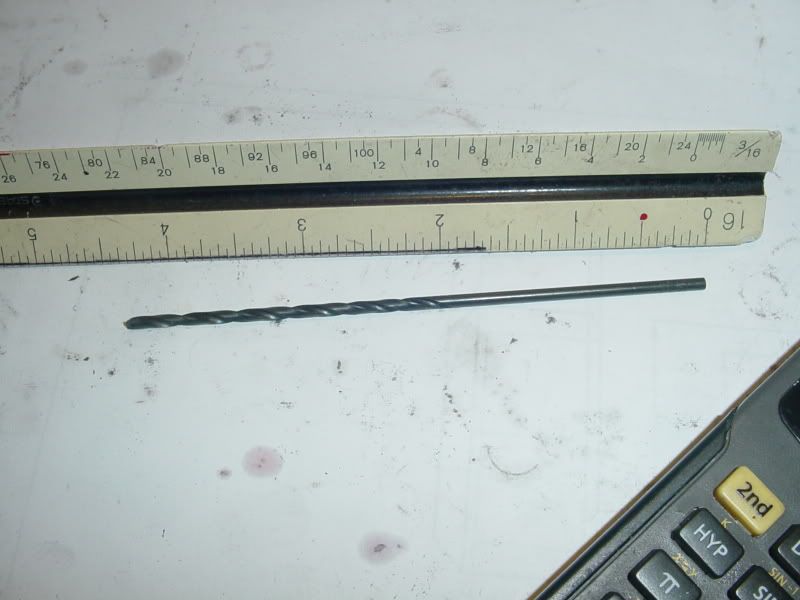
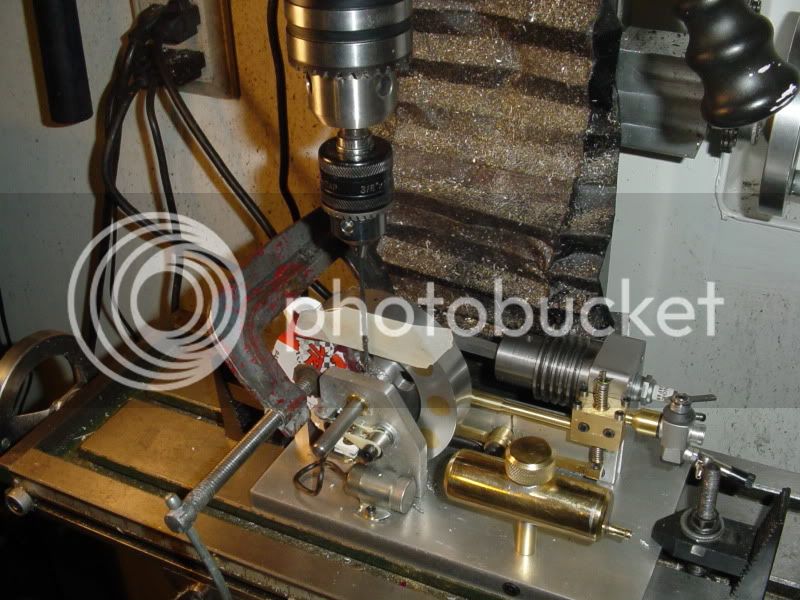
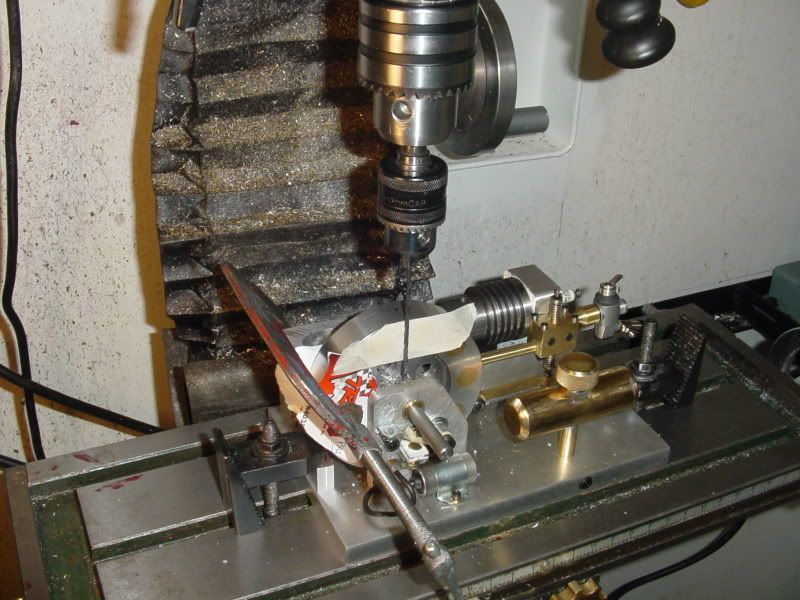












![[The Haynes GM, Ford, Chrysler Engine Performance Manual: The Haynes Manual for Understanding, Planning and Building High-Performance Engines (Haynes Techbook)] [Author: Haynes, Max] [August, 2008]](https://m.media-amazon.com/images/I/51x6eyiUHhL._SL500_.jpg)






![DreamPlan Home Design and Landscaping Software Free for Windows [PC Download]](https://m.media-amazon.com/images/I/51kvZH2dVLL._SL500_.jpg)



























![TurboCAD 2020 Designer [PC Download]](https://m.media-amazon.com/images/I/51UKfAHH1LL._SL500_.jpg)














